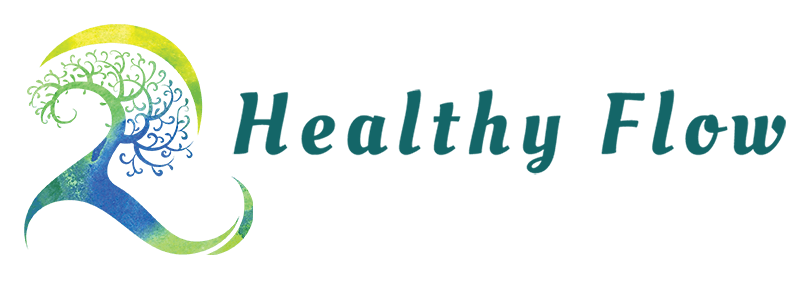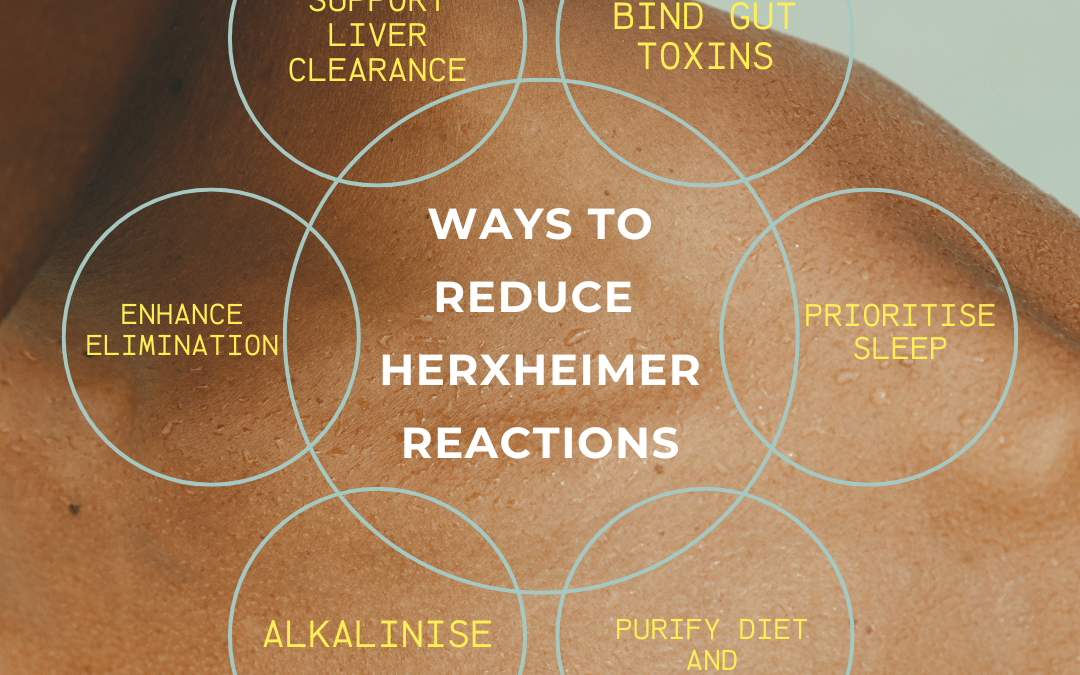It was once believed that the Herxheimer reaction indicated effective treatment and had to be endured. Wrong. High inflammatory cytokines created during die-off reactions can actually cause serious damage and slow Lyme treatment progress. Learn how to support your detoxification pathways to avoid setbacks. How to reduce Heximer reactions .Why do Naturopaths Focus on Detoxification for Lyme disease? Can we not just kill the Lyme disease pathogen and get on with life? Unfortunately, it’s not that simple….
The Complex Nature of Lyme Disease
Lyme disease pathogens release many toxins throughout their lifecycle, overloading the body’s detoxification systems. This leads to the buildup of not only pathogenic toxins but also other harmful substances like mycotoxins, heavy metals, and pesticides. This toxic accumulation is particularly detrimental to mitochondrial function, which is crucial for energy production and immune response. Dysfunctional mitochondria weaken the body’s defenses, allowing Lyme and other pathogens to thrive.
What is Heximer Reaction?
When beginning treatment with antibiotics or herbal remedies, pathogens release additional toxins into the bloodstream, termed endotoxins. This process often triggers a temporary worsening of symptoms known as the Herxheimer Reaction, which is an expected but unwelcome occurrence. Effective detoxification is essential to manage this reaction. Failing to do so can lead to an accumulation of Lyme toxins, potentially intensifying inflammatory responses, worsening symptoms, and hindering overall recovery progress.
Inflammatory Response
It was once believed that this inflammatory response was beneficial, but this is no longer the case. High inflammatory cytokine responses create an environment where pathogens thrive and slow down or even disable treatment progress. In summary, successful treatment of chronic Lyme is a balance between antimicrobial protocols and ongoing detoxification.
Main Strategies to Detox and reduce Heximer Reactions
- Boost Detoxification
- Support liver phase I and II detox pathways with nutrients like NAC, glutathione, selenium, alpha-lipoic acid, cruciferous vegetables, and milk thistle.
- Bind Toxins
- Address Herxheimer reactions with binding agents such as G3M, SBI (serum-derived bovine immunoglobulins), and chlorella.
- Use binding agents like charcoal, zeolite, chlorella, modified citrus pectin, butyrate, humic and fulvic acids, chitosan, and fiber to bind endotoxins and other environmental toxins in the digestive tract.
- Enhance Elimination
- Optimize toxin removal by increasing urination, defecation, sweating, and bile flow.
- Techniques include far infrared sauna, Epsom salt baths, enemas, and colonics.
- Alkalinize the Body
- Decrease inflammation and promote the excretion of many toxins, especially heavy metals, through supplements like chlorella, bicarbonate soda, and alkaline minerals like calcium or magnesium.
- Purify Diet and Environment
- Follow an organic, anti-inflammatory diet and reduce chemicals in your household. Use air and water purification.
- Prioritize Sleep
- The body naturally repairs and removes toxins during sleep, making this a priority.
Practical Considerations
This list might seem overwhelming, but remember you don’t need to do it all. However, the more toxic you feel and the more Herxheimer reactions you experience, the more detox therapies you might need.
In Conclusion
Detoxification supports overall health by reducing inflammation, supporting organ function, and promoting the elimination of metabolic waste and environmental toxins. This enhances the effectiveness of antibiotics, herbal protocols, and other treatments for Lyme disease. Incorporating detox strategies alongside specific treatment protocols is essential for overcoming Lyme disease effectively and supporting the body’s healing process.


What a remarkable article! The way you’ve tackled the topic with such precision and depth is commendable. Readers are sure to gain a great deal from the wealth of knowledge and practical insights you’ve shared. Your profound understanding of the subject shines through every part of the piece. I’m eager to see more of your exceptional work. Thank you for offering your expertise and providing us with such enlightening and comprehensive content.
Your dedication to your craft is inspiring.
you know the xvideos.gold, it’s the xvideos red alternative
Fantastic job! Custom Song That Tells Your Story
Your articles are both educational and enjoyable.